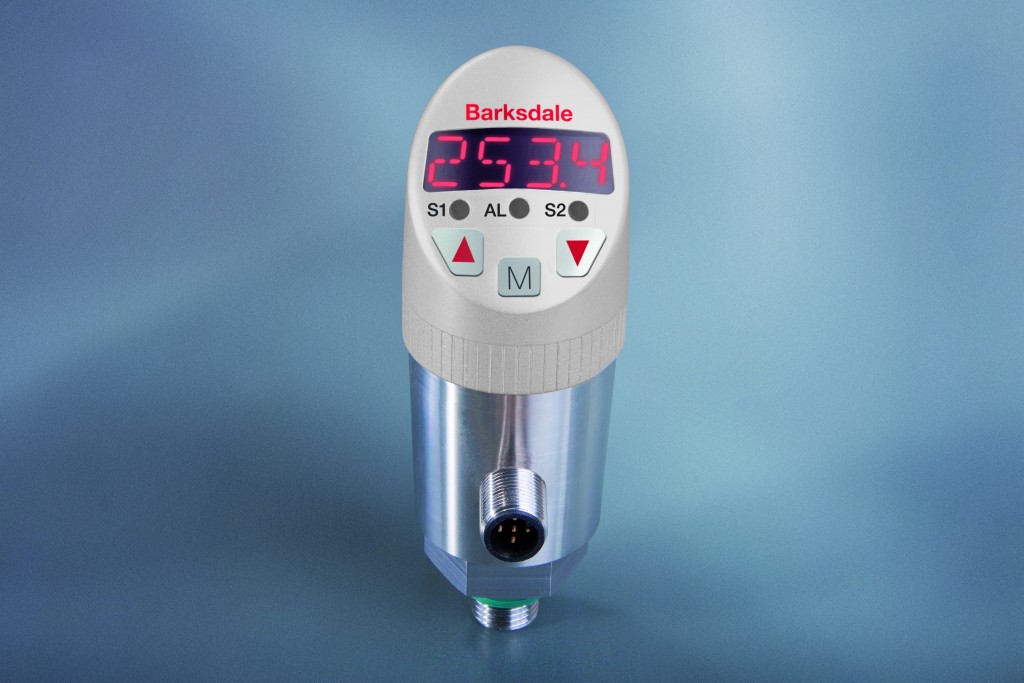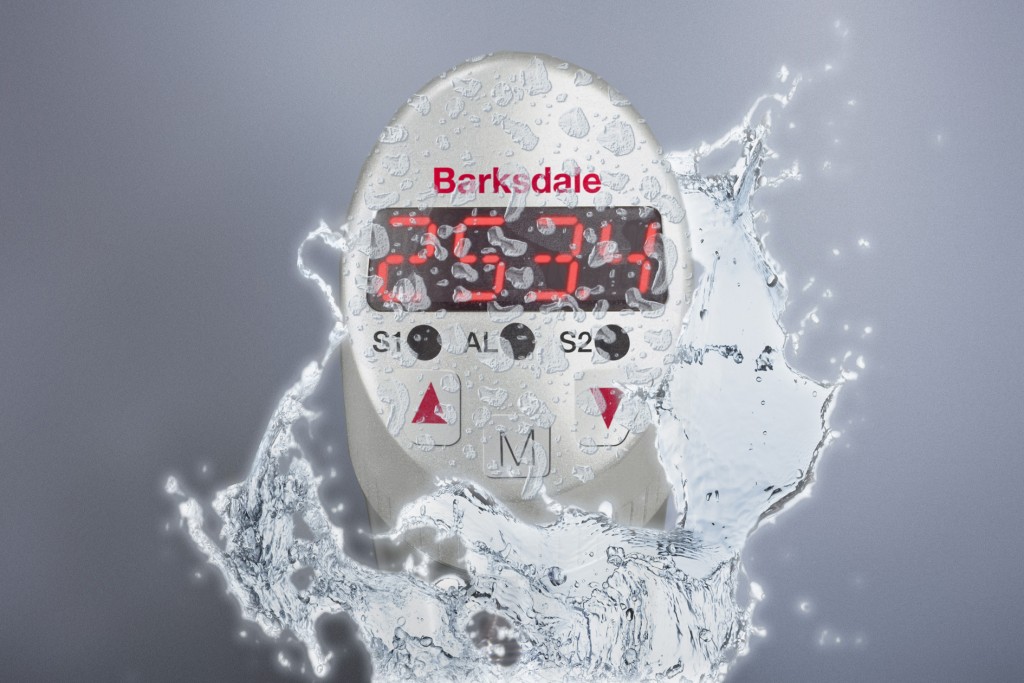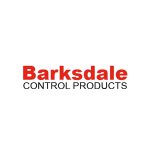Frequently asked questions about pressure switches
Understanding system dynamics is crucial to switch selection. The goal is to obtain a pressure switch that will meet your expectations in terms of life, accuracy, reliability, and ease of use. Here, Barksdale answers all the questions you should be asking when choosing the ideal pressure switch for your particular application.
How often will the pressure switch be activated?
This will have a direct impact on switch life, system downtime and the overhaul schedule. Electromechanical switches are subject to metal fatigue. A bourdon tube or diaphragm switch will typically provide one million cycles. Whereas a piston or diaphragm sealed piston switch will provide 2-1/2 million cycles. Because a solid-state pressure switch is not subject to metal fatigue, it will typically have a 100 million cycle life.
What is the cycle speed?
The metal of a bourdon tube or diaphragm switch acts like a spring, so high-speed cycles should be avoided. When the cycle rate is less than 25 per minute, a bourdon tube or diaphragm switch is a good choice. For cycle rates to 50 cycles per minute, a diaphragm piston or piston switch will provide 1 to 2-1/2 million cycles, respectively. A solid-state switch should be selected whenever the cycle rate exceeds 50 cycles per minute, since metal fatigue is not a problem.
How does the switch point relate to operating pressure range?
Selecting the proper relationship between the switch point and the operating pressure range of a switch is important because this relationship can affect accuracy and useful life. The general rule is different for solid-state and electromechanical pressure switches. When a solid-state pressure switch is selected, the switch point should normally be in the upper 25 per cent of the operating range. For an electromechanical switch, the switch point should be in the middle of the operating range.
What is the proof pressure requirement?
Proof pressure is the maximum pressure that the switch should ever see. When calculating the switch proof pressure, include spikes and surges to avoid damage to the switch.
Will the pressure switch be subjected to high-pressure spikes and surges?
Pressure surges and transient pressure spikes can greatly exceed the normal operating pressure of a system. Bourdon tube, diaphragm and solid-state pressure switches are all sensitive to surges and spikes. If it is anticipated that the system is subject to surges, select a switch with a higher proof pressure or install a snubber which will allow fast spikes to move by the switch without damage.
What accuracy is needed?
Accuracy for a pressure switch is defined differently than accuracy for an instrument. For a pressure switch, accuracy is the ability of the switch to repetitively operate at its setpoint. When in doubt, it is always easier to specify the best accuracy available.
How many switch points are needed?
When sensing pressure at one point, it is normal that only one switch point is required. However, it is not unusual for a system to require two or even four switch points (e.g. high, low, high-high, low-low) to be monitored, controlled or alarmed. In designing a system, you could select a single switch for each switch point, or a single pressure switch capable of handling as many as three separate switch points.
What type of housing is needed?
Stripped switches don't have their own housing. They're normally installed inside a panel or multi-function enclosure. Housed switches avoid possible hazards from loose wires in exposed locations and are normally available in a variety of ratings, with the most popular industrial switch housings being NEMA 4 and NEMA 4X for corrosive environments.
Is there a need to adjust the setpoint?
In some applications, you wouldn't want anyone changing the setpoint. In other situations, adjustment is required based on system dynamics. Electromechanical switches have models that are factory set, have blind adjustment capability, or offer calibrated adjustment knobs. Solid-state switches offer precise keypad adjustments with digital readout.
Is a tight or broad deadband needed?
Deadband is the difference between the actuation point and the re-actuation point in a pressure actuation switch. Deadband is sometimes referred to as actuation value, differential or hysteresis. The deadband of a switch can be fixed or adjusted over a percentage of the full pressure range. Traditionally, a narrow deadband is used in safety services. A wider deadband is used on control circuits like hydraulic units. Tight or narrow deadbands tend to be found on bourdon tube and diaphragm switches, wide deadbands are available in piston-type switches, while solid-state switches offer a fully adjustable deadband to 100 per cent of full scale.
Accuracy or life?
When selecting a solid-state pressure switch there is no trade-off between accuracy and life. You simply choose a pressure switch where the switch point is in the upper 25 per cent of the pressure range. Electromechanical switches have sensing elements (diaphragms, tubes and pistons) that are constantly being stressed and thus the location of the switch point versus the operating range is critical to both accuracy and life. The best compromise is to operate the electromechanical pressure switch in the middle of the operating range. Barksdale’s new BPS3000 electronic pressure switch, part of the Generation 3000 range, offers unrivalled accuracy.
Are more features needed than just a switch?
Many times the system requires more than a pressure switch to open and close a circuit. A local gauge and remote signal may also be required. The traditional approach is to use individual devices. However, microprocessor-based solid-state pressure switches change the dynamics. One solid-state switch can offer up to four independent switches, digital readouts and analog/digital outputs.
For more information about Barksdale’s full range of switch products please contact 01256 799721 or visit www.barksdale.co.uk.
Get the latest process industry news
Interested in receiving even more industry-leading news from Process Industry Forum delivered directly to your inbox? Then sign up to our free newsletter. Bringing you the latest news, trends, innovations and opinion from across the process industry, our exclusive newsletter gives you all the industry insights of the moment in one, easy-to-digest bulletin. Stay ahead of the competition with regular process industry news instalments from PIF.



